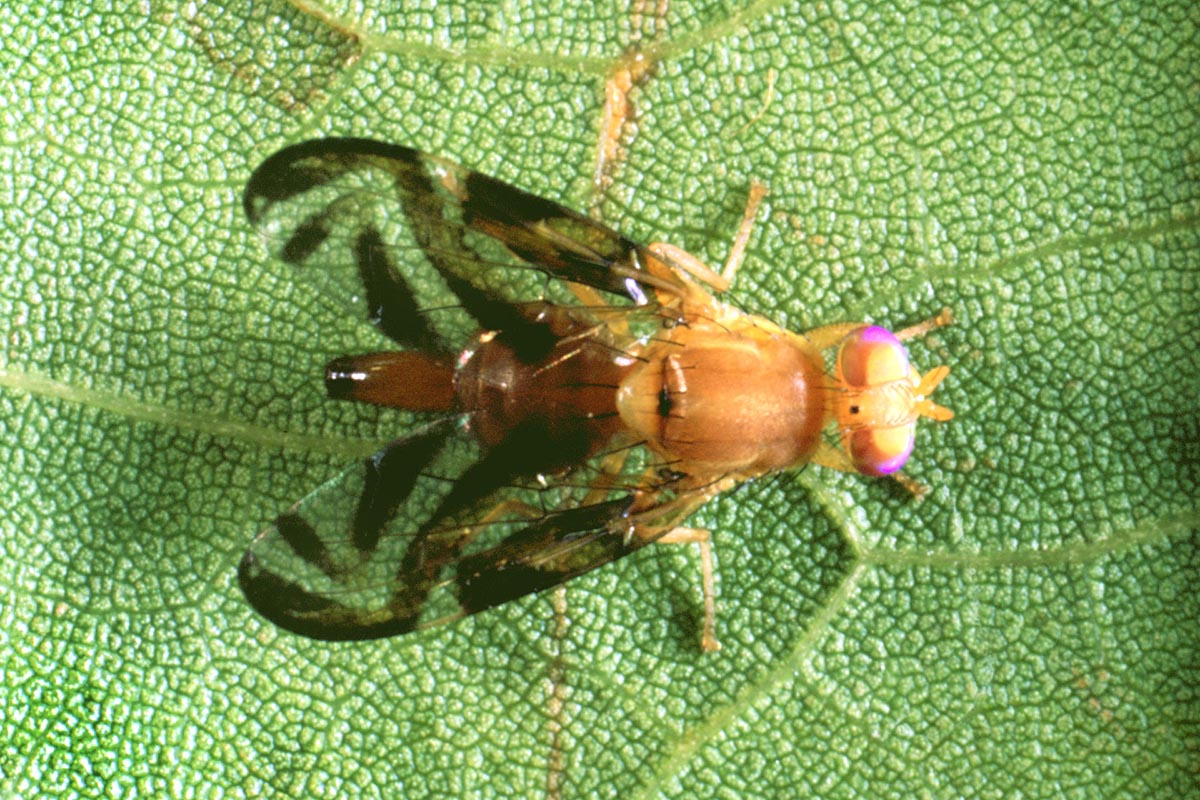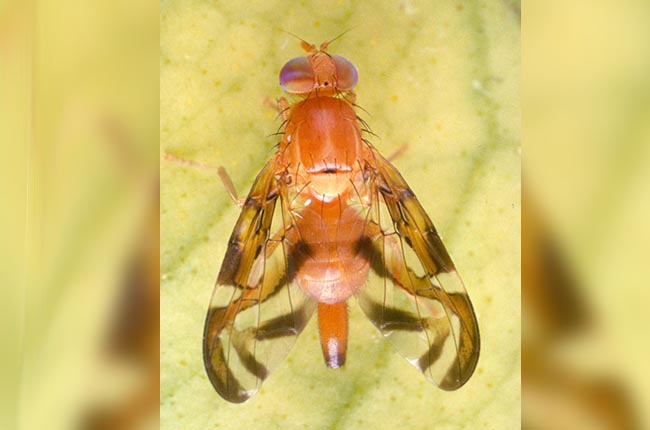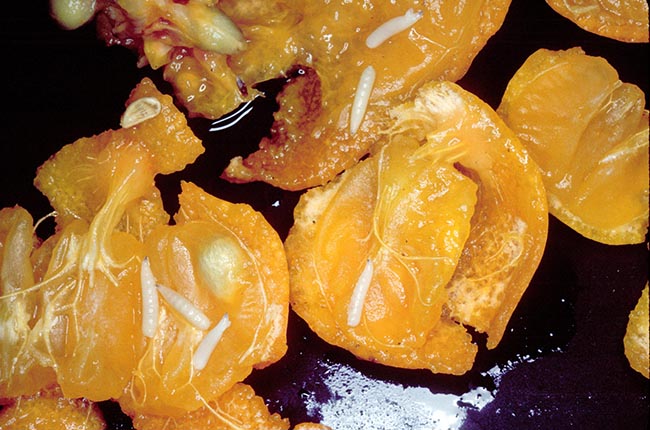The California Department of Food and Agriculture (CDFA) informed that a portion of Los Angeles County has been placed under quarantine for the Caribbean fruit fly (CFF).
The announcement was made through a press release following the detection of two adult insects in and around the City of Montebello. This is California’s first Caribbean Fruit Fly quarantine since 1985.
The state agency detailed that the quarantine area is 75 square miles, bordered on the north by the city of Alhambra; on the south by the city of Downey; on the west by the city of Huntington Park; and on the east by the city of South El Monte.
This perimeter might change in the upcoming weeks, depending on future detections. The CDFA keeps a live map with the latest updates to keep the community informed.
The Caribbean fruit fly is a serious threat to the state’s agriculture and natural resources, with a very wide host range, including avocados, figs, citrus, peaches, pears, and tomatoes.
Preventative measures against the spread of CFF
To prevent the spread of the Caribbean Fruit Fly through homegrown produce, the CDFA is urging residents living in the CFF quarantine area not to move fruits and vegetables from their respective properties.
The state agency says the community may consume or process (i.e., juiced, frozen, cooked, or ground in the garbage disposal) homegrown crops at the property where they were picked.
For disposal of the produce, the authorities urge residents to double-bag it in plastic bags and put the bags in the garbage bin for collection.
CDFA eradication efforts
The CDFA will work in cooperation with the Los Angeles County Agricultural Commissioner to eliminate and prevent the spread of CFF to other areas. Following the principles of Integrated Pest Management, the agencies will use a multi-tiered approach.
Agricultural officials will manually remove CFF host material (fruits and vegetables) within 100 meters of detections to eliminate eggs and larvae from the area.
On properties within 200 meters of detections, staff will also cut host fruit to inspect for any fruit fly larvae that may be present.
Finally, the authorities will treat properties within 400 meters of detections with a naturally derived organic material known as Spinosad. This product will help remove any live adult fruit flies and reduce the density of the population.
How the Caribbean Fruit Fly destroys crops
Damage from fruit flies occurs when females lay eggs inside a fruit or vegetable. The eggs hatch into maggots and tunnel through the flesh of the produce, making it unfit for human consumption.
According to the CDFA, the most common pathway for these invasive species to enter California is by “hitchhiking” in fruits and vegetables brought back illegally by travelers returning from infested regions around the world, or in packages of homegrown produce sent to the state from other states or countries.
To help prevent infestations, officials ask that residents not transport or mail fresh fruit, vegetables, plants, or soil into California unless agricultural inspectors have cleared the shipment beforehand. Fruit flies and other invasive species can hide in a variety of produce.
The CDFA is reminding residents of its Please Don’t Pack a Pest campaign, emphasizing that the vast majority of invasive species infestations in California occur not on farms, but in our urban and suburban residential areas.
*All images courtesy of the CDFA
Related stories
How a mysterious ecoterrorism attack helped reshape California’s medfly response
University of Florida study enlists local residents to fight the spread of citrus greening disease
California imposes quarantine in Santa Clara County over medfly infestation







